-
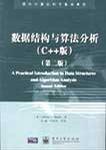
数据结构与算法分析(C++版)(第二版)
本书采用程序员最爱用的面向对象C+ +语言来描述数据结构和算法,并把数据结构原理和算法分析技术有机地结合在一起,系统介绍了各种类型的数据结构和排序、检索的各种方法。作者非常注意对每一种数据结构不同存储方法及有关算法进行分析比较。书中还引入了一些比较高级的数据结构与先进的算法分析技术,并介绍了可计算性理论的一般知识。本版的重要改进在于引入了参数化的模板,从而提高了算法中数据类型的通用性,支持高效的代码重用。本书概念清楚、逻辑性强、内容新颖,可作为大专院校计算机软件专业与计算机应用专业学生的教材和参考书,也可供计算机工程技术人员参考。 -
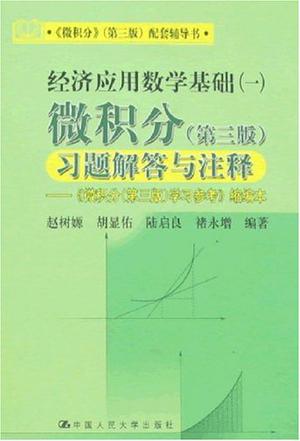
经济应用数学基础
《经济应用数学基础(1):微积分习题解答与注释(第3版)》共分九章,每章内容分习题解答与注释以及参考题(附解答)两部分,其中习题解答与注释对《微积分》(第三版)中的习题给出了解答,并结合教与学作了大量的注释。通过这些注释,读者可以深刻领会教材中的基本概念的准确含义,开阔解题思路,掌握解题方法,避免在容易发生错误的环节上出现问题,从而提高解题能力,培养良好的数学思维;参考题(附解答)编写了一些难度略大一点且有参考意义的题目,目的是给愿意多学一些、多练一些的学生及准备考研的读者提供一些自学材料,也为教师在复习、考试等环节的命题工作提供一些参考资料。 -
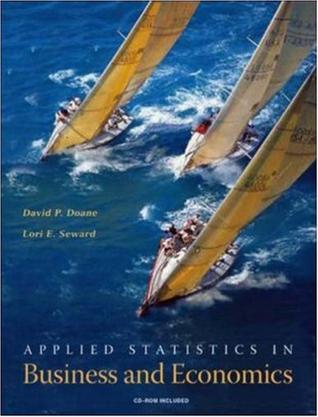
Applied Statistics in Business and Economics
This new text offers an Excel focused approach to using statistics in business. All statistical concepts are illustrated with applied examples immediately upon introduction. Modern computing tools and applications are introduced, and the text maintains a strong focus on presenting statistical concepts as applied in business - as opposed to providing programming methods used to find a mathematical solution. Interpretation is heavily emphasized, enabling students to take full advantage of Excel to develop and drive problem-solving skills. -
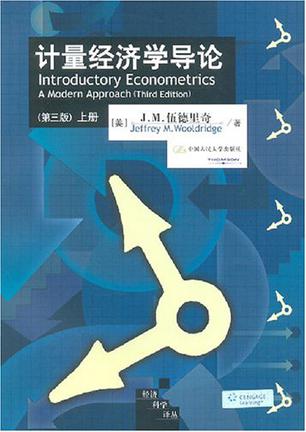
计量经济学导论(上、下册)
《计量经济学导论(第3册)》从计量经济学专业人士的视角来讲授计量经济学导论,不仅使这门学科更有意思,而且实际上讲解起来还更简单。其内容有:计量经济学的性质与经济数据、简单回归模型等。 -
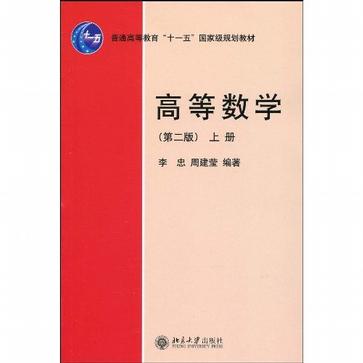
高等数学-上册-第二版
《高等数学(第2版)上册》是综合性大学、高等师范院校及其他理工科大学中的非数学类各专业(尤其是物理类专业)学生的高等数学教材,全书共分上、下两册,上册共分六章,内容包括:绪论,函数与极限,微积分的基本概念,积分的计算,微分中值定理与泰勒公式。向量代数与空间解析几何,多元函数微分学等;下册内容是多元函数积分学,级数与常微分方程。 本套教材的前身《高等数学简明教程》(全三册,北京大学出版社,1998)曾荣获教育部2002年全国普通高等学校优秀教材一等奖,《高等数学(第2版)上册》第一版是在原书的基础上修订而成。 《高等数学(第2版)上册》是作者在北京大学进行教学试点的成果.它对传统的高等数学课的内容体系作了适当的整合,力求突出数学概念与理论的实质,避免过分形式化,使读者对所讲内容感到朴实自然.《高等数学(第2版)上册》强调数学理论与其他学科的联系.书中附有历史的注记,简要叙述相关概念和理论的发展演变过程,以及重要数学家的贡献.《高等数学(第2版)上册》语言流畅,叙述简捷,深入浅出,有较多的例题,便于读者自学,每小节有适量习题,每章配置综合练习题,习题给出答案或提示供读者参考。 《高等数学(第2版)上册》是第二次修订版,其指导思想是在保持第一版的框架与内容结构不变的基础上,对教材作少量必要的修改与补充,以使《高等数学(第2版)上册》更进一步贴近读者,更好地体现教学基本要求.具体做法是:对重要的数学概念和定理增加了解释性文字与具体实例,使学生便于理解与掌握;去掉了少数几个习题;删去了第一版中有关闭区间上连续函数有界性定理、介值定理、最大最小值定理、隐函数存在性定理的证明;重新审定了原书中的“历史的注记”与“人物注记”,还适当增加了一些新的内容。 -
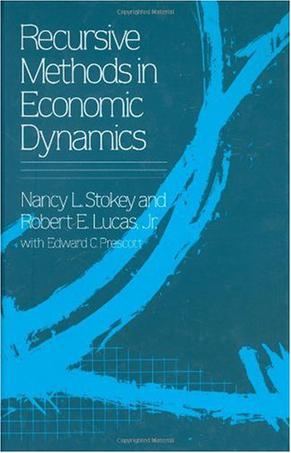
Recursive Methods in Economic Dynamics
This rigorous but brilliantly lucid book presents a self-contained treatment of modern economic dynamics. Stokey, Lucas, and Prescott develop the basic methods of recursive analysis and illustrate the many areas where they can usefully be applied. After presenting an overview of the recursive approach, the authors develop economic applications for deterministic dynamic programming and the stability theory of first-order difference equations. They then treat stochastic dynamic programming and the convergence theory of discrete-time Markov processes, illustrating each with additional economic applications. They also derive a strong law of large numbers for Markov processes. Finally, they present the two fundamental theorems of welfare economics and show how to apply the methods developed earlier to general equilibrium systems. The authors go on to apply their methods to many areas of economics. Models of firm and industry investment, household consumption behavior, long-run growth, capital accumulation, job search, job matching, inventory behavior, asset pricing, and money demand are among those they use to show how predictions can he made about individual and social behavior. Researchers and graduate students in economic theory will find this book essential.